Scientists feed live microalgal cells terbium to fabricate 3D functional devices.


Scientists feed live microalgal cells terbium to fabricate 3D functional devices.
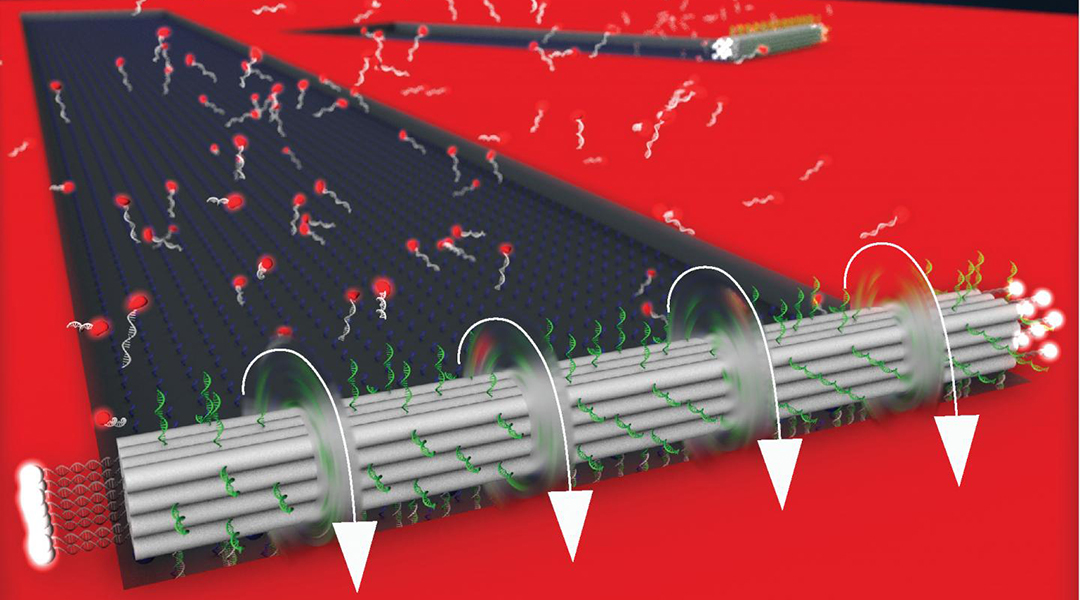
Scientists pave way for nanobots to one day diagnose and treat disease with the first DNA-based motor to run on chemical energy.
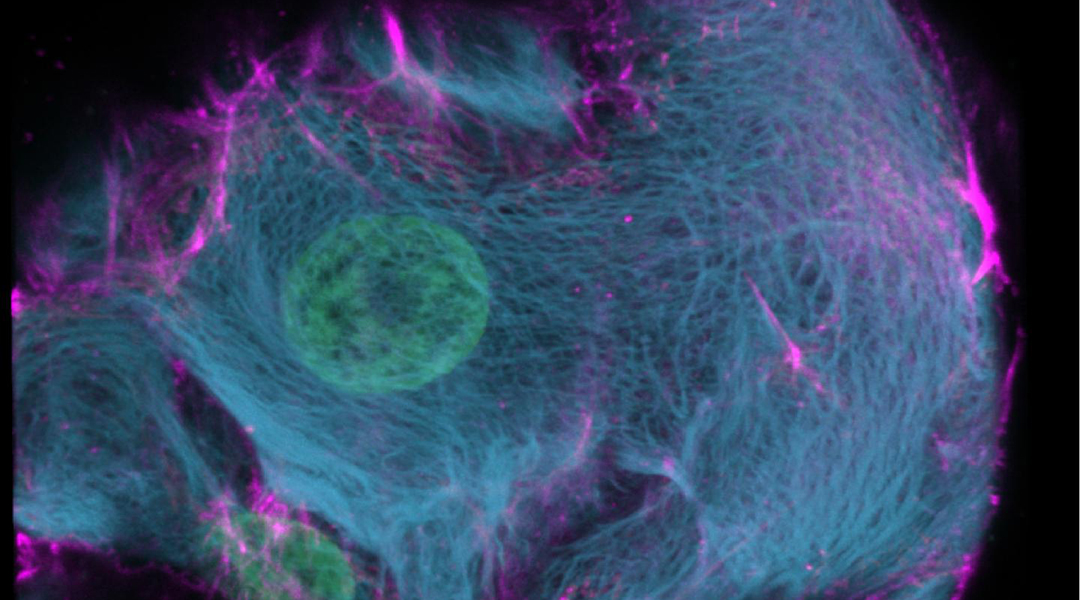
A new take on CRISPR allows researchers to “paint” cells and observe never-before-seen cellular processes in great detail.
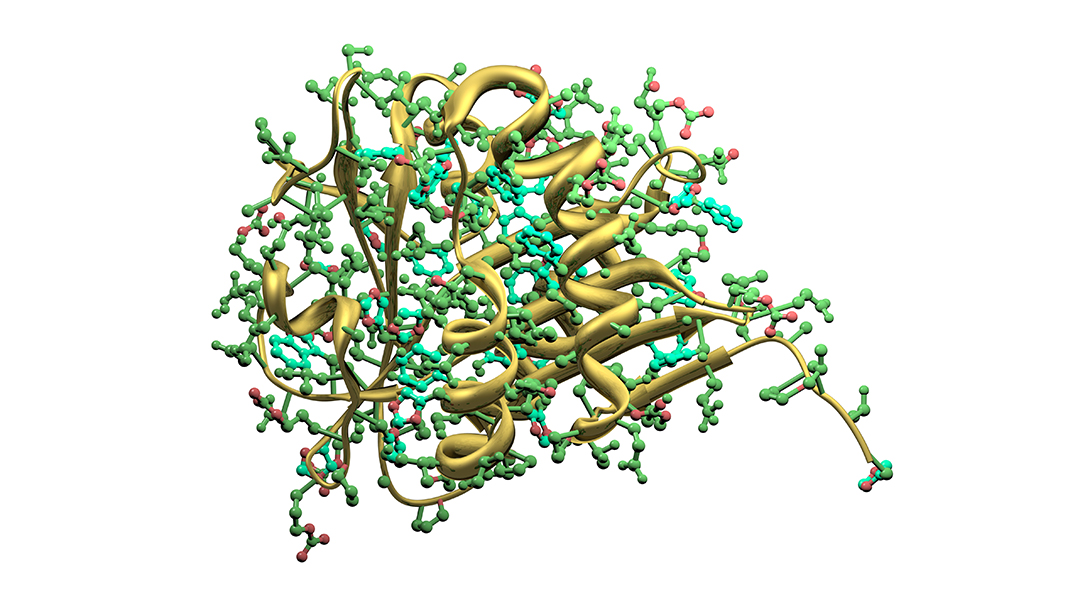
Artificial enzymes promise to not only help us understand the complex functioning of enzymes, but will create a new generation of biosystems for sustainable chemistry practices.
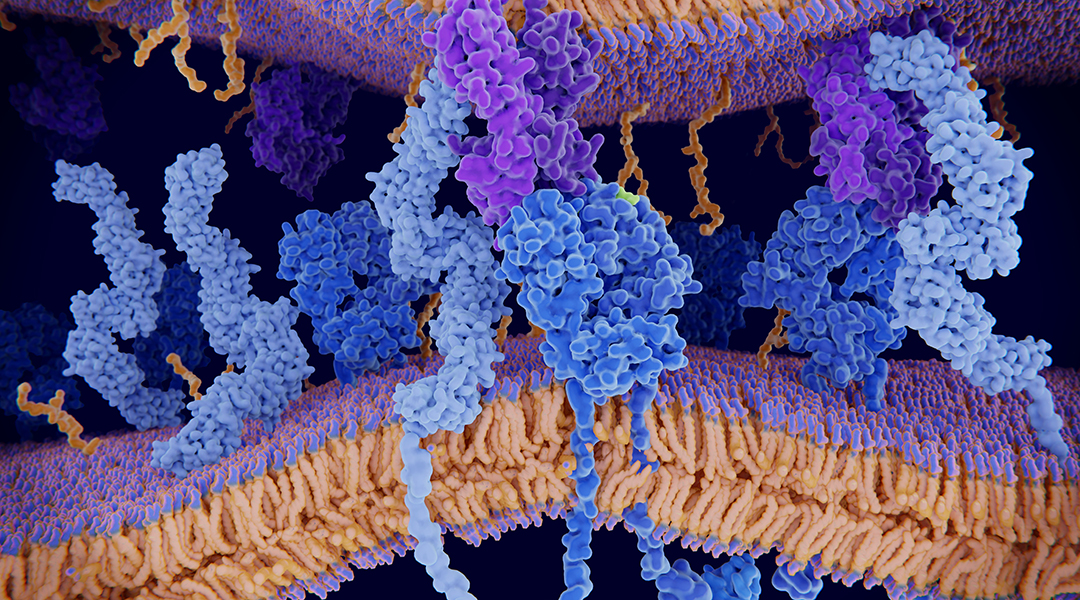
A new route to peptides containing cysteine sulfinic acid.
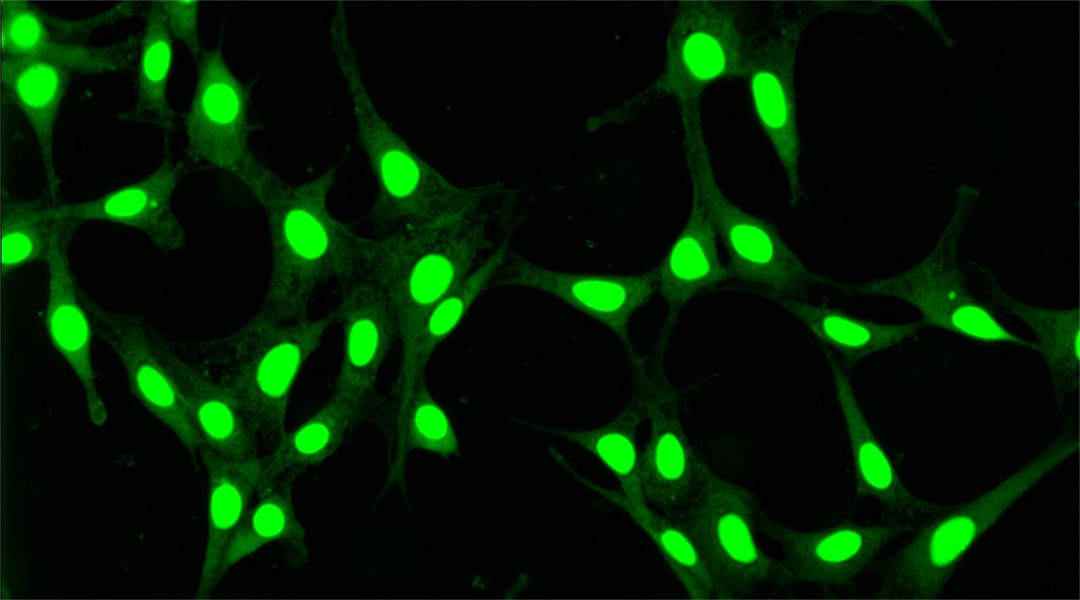
Fluorescent carbon dots could change the way in which we visualize cells.
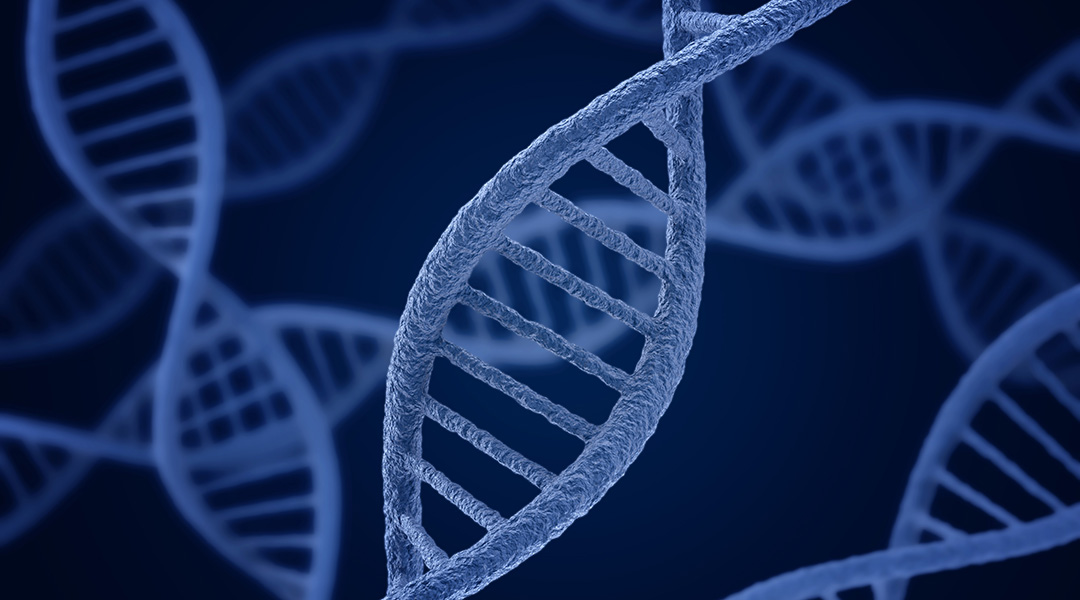
The first human trial using CRISP-edited genes to fight cancer has promising results.
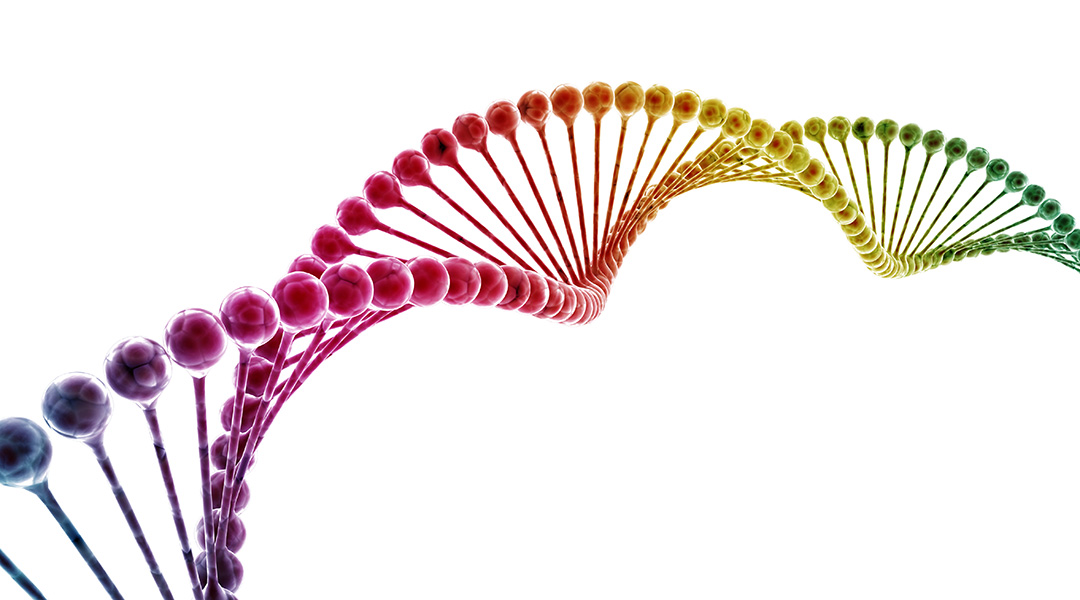
The current barriers of CRISPR/Cas9 delivery and promising development of nanoparticle-based approaches for precise gene editing.
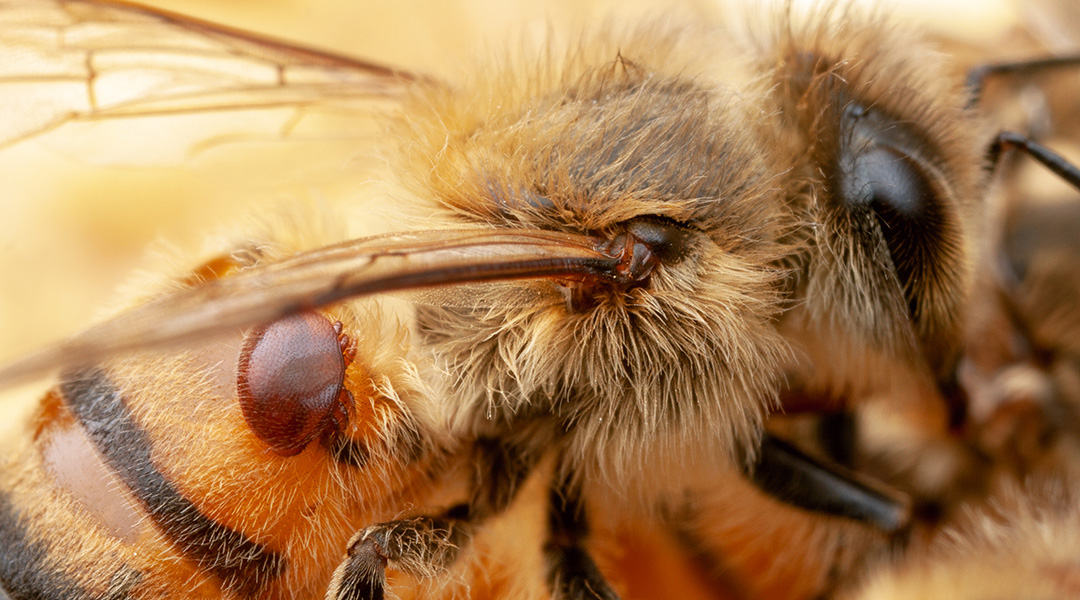
Using bacteria to combat varroa mites, a common pest that can weaken honey bees and make them more susceptible to pathogens.
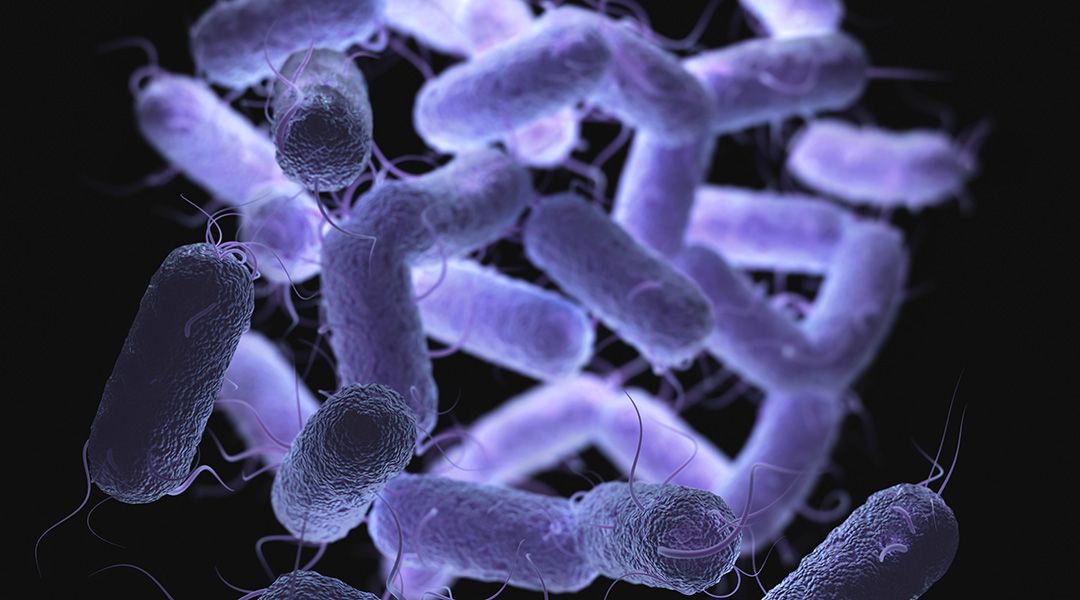
Self-propelled-onion-like microvehicle can attract, trap, and destroy biological threats